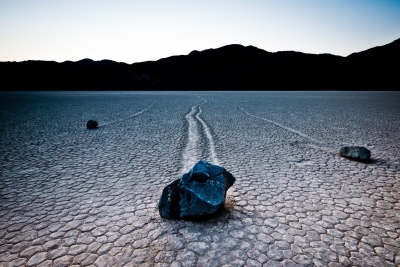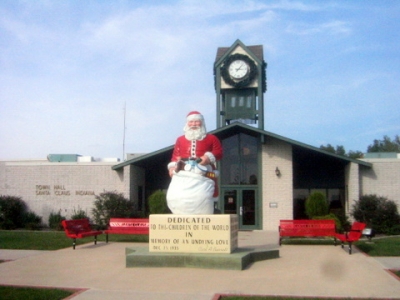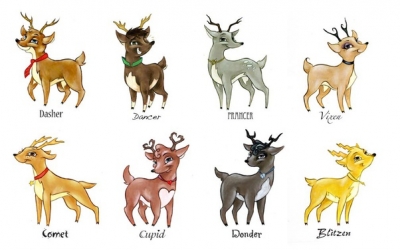"The world is in trouble," so Sir David Attenborough has joined Instagram!

94-year-old natural historian and broadcaster, Sir David Attenborough said he's joined Instagram because "saving our planet is now a communications challenge. We know what to do, we just need the will." Attenborough reached a million Instagram followers in a record-breaking time: 4 hours 44 minutes. He currently has over 4.8 million followers.
"I'm making this move and exploring this new way of communication to me, because as we all know, the world is in trouble. Continents are on fire. Glaciers are melting. Coral reefs are dying. Fish are disappearing from our oceans. The list goes on and on and on," added Attenborough. Attenborough will be using Instagram to share messages explaining the problems our planet is facing, and possible solutions for tackling those issues. To follow Sir David on Instagram, go to @David Attenborough.
Picture Credit : Google













